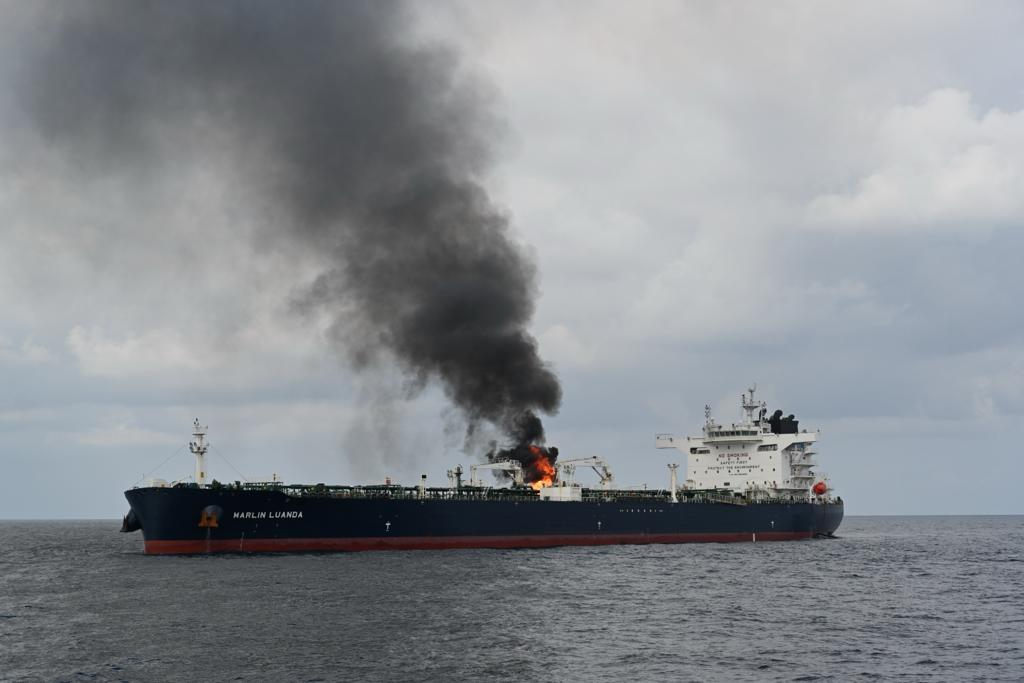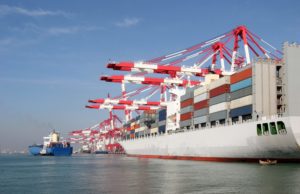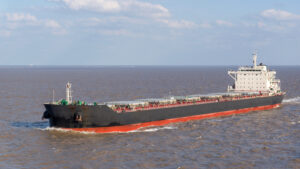Clean tanker transits via the Bab-el-Mandeb have continued to decline since Red Sea attacks on non-Israeli vessels began mid-December. Southbound transits have largely stopped, hovering at slightly over one transit per day on a moving average basis, as it is reported by analytics platform for energy and freight markets, Vortexa.
Mary Melton, Vortexa freight analyst, said CPP volumes still going through are almost all Russian-origin heading East. Northbound CPP tanker transits slightly recovered going into the New Year but declined precipitously following the US/UK-led strikes on 12 January.
From 23 – 27 January (inclusive), 44% of all transits via the Bab-el-Mandeb were Russian-origin cargoes, mostly either crude or DPP.
“30% were ballast tankers, and the rest were mostly voyages within the MEG plus a few North African and Caspian origin crude cargoes. Overall, few Northbound laden transits via the Bab-el-Mandeb are continuing aside from intra-Middle East voyages and one biodiesel cargo from SE Asia,” as Melton explains.
Some tankers were initially adopting a ‘wait and see’ approach in the Arabian Sea, but virtually all have now made the decision to divert around the Cape of Good Hope (COGH).
The flow most affected by these northbound diversions are middle distillates from West Coast (WC) India or the Middle East heading to Europe.
Beginning a steady decline in December, the drastic curtailment of volumes transiting via Bab-el-Mandeb has gathered pace since the US/UK strikes began on 12 January, with no jet/kero cargoes transiting the route through last week, and diesel cargo volumes 75% lower than the 2023 weekly average.
Vortexa freight analyst says middle distillate cargoes from the Middle East and West Coast India are traditionally carried on the bigger LR tankers.
“Freight rates from India-to-UK Cont (TC8 for LR1s and TC20 for LR2s) for these vessel classes have increased 87% and 95% respectively since US/UK strikes. The transit via the COGH instead of via the Red Sea adds around 75% in tonne-miles to a voyage from Sikka to Europe for both LR1s and LR2s.
“If all LRs carrying middle distillates from WC India/MEG to Europe were diverted, this would add 8% to global LR1 tonne-miles per month and 18% to global LR2 tonne-miles per month, significantly increasing global fleet requirements,” noted Melton.



